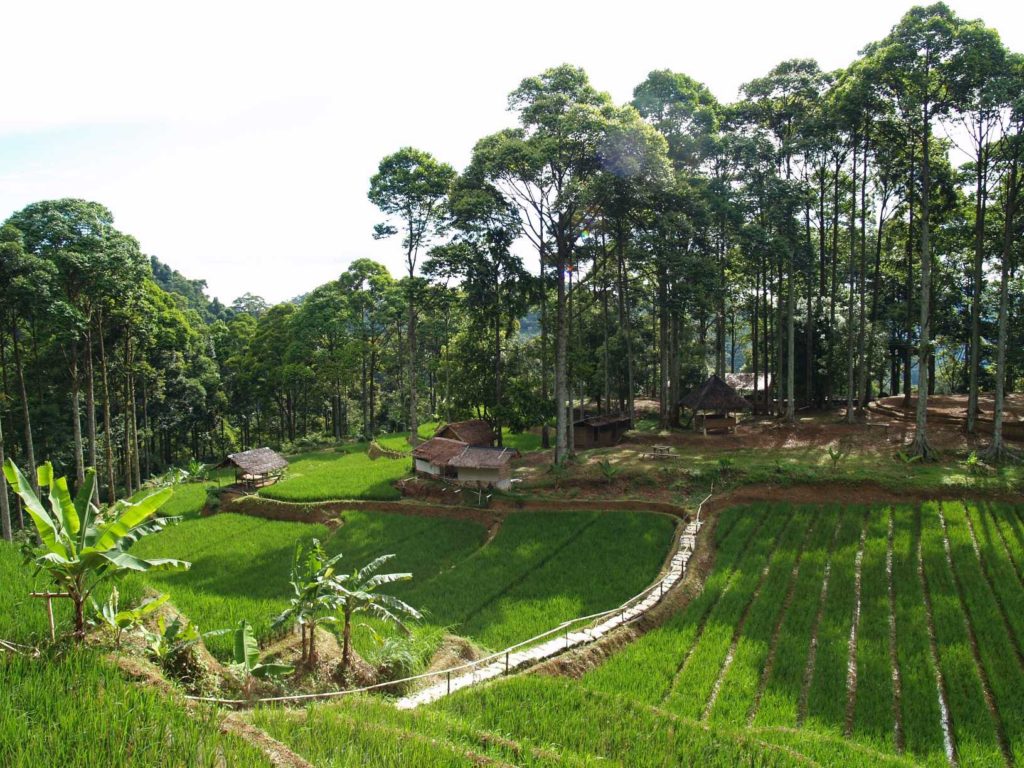Food systems need to be changed dramatically so they may deliver available, accessible, adequate, and nutritious food for all in a sustainable manner. How to do that and why is it dealt with in the IFAD Rural Development Report 2021. Obviously, small-scale farmers play an important role in making rural livelihoods prosperous.
The report was launched in September 2021 in a very critical situation where the covid-19 pandemic had had devastating effects on income losses and food prices throughout the world. But when IFAD, SIANI and Sida carried out a seminar on the report’s recommendations in March 2022, the situation had worsened with Russia starting a war against its neighbour Ukraine. Both countries are important in feeding the world. Russia and Ukraine are both major exporters of wheat. Russia is the main exporter of fertilisers and Ukraine of sunflower, among others. According to the FAO director-general, even with the mildest effects of the war, prices of grain and oilseeds are expected to rise by 10 percent. In Egypt, food prices are already escalating, where 85 per cent of the wheat and 73 per cent of the sunflower oil come from Russia and Ukraine.
Food systems should be fair, green and sustainable
Food systems include the production, processing, retailing and delivery of food as well as consumer dietary preferences and disposal of what remains of food consumed and produced. Today, the food systems are unfair. Those who feed us go hungry or do not make a decent living. Secondly, the food systems are inadequate with a tremendous increase in production but the triple burden of nutrition (hunger, obesity and lack of micro-nutrients). Thirdly, they are inefficient and contribute to 37 per cent of greenhouse gas emissions, and, for instance, have a high biodiversity environmental footprint.
Romina Cavatassi, Lead Natural Resource Economist in IFAD, claimed that IFAD works towards diversified livelihoods based on productive farming and off-farm enterprise and jobs and with a safety net of social protection. A systematic change is needed to achieve rural prosperity and include empowered rural people, inclusive markets, and catalytic governance.

